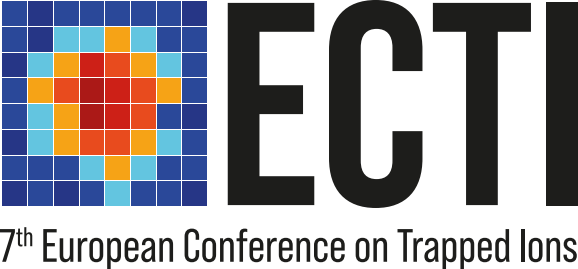Speaker
Description
The antiProton Unstable Matter Annihilation (PUMA) experiment is a nuclear physics experiment at CERN which will determine the ratio of protons to neutrons in the nuclear density tail based on the peripheral annihilation of low-energy antiprotons, providing a new observable to test nuclear structure theory. As the annihilation conserves the total charge, the annihilated nucleon can be identified by detecting all charged pions produced in the annihilation process with a detection system comprised of a time-projection chamber and a plastic scintillator barrel. Here, the charge identification is performed by determining the curvature in a 4T field of a solenoid. This magnetic field is also used for trapping and storing antiprotons in an extreme high vacuum at the Antimatter Factory of CERN as the only facility providing low-energy antiprotons. There, measurements with stable ions will be performed to investigate the evolution of the proton-to-neutron ratio along isotopic chains. The ions are provided by an offline ion source beamline, which can supply isotopically pure and bunched beams by implementing a multi-reflection time-of-flight spectrometer and a Paul trap. Following the purification, the ions are overlapped with antiprotons in the PUMA Penning trap, which is surrounded by the detection system. Besides the research with stable ions at the Antimatter Factory, due to the sensitivity to the nuclear density tail, this approach is particularly interesting for nuclei with a high proton-to-neutron asymmetry, i.e. short-lived nuclei such as halo nuclei and nuclei with a thick neutron skin. To perform measurements with such short-lived nuclei, the full PUMA experimental setup can be disconnected from its beamline at the Antimatter factory after antiproton accumulation and transported to the ISOLDE facility of CERN.
This talk will give an overview over the different subsystems of the experiment and present their current status.

